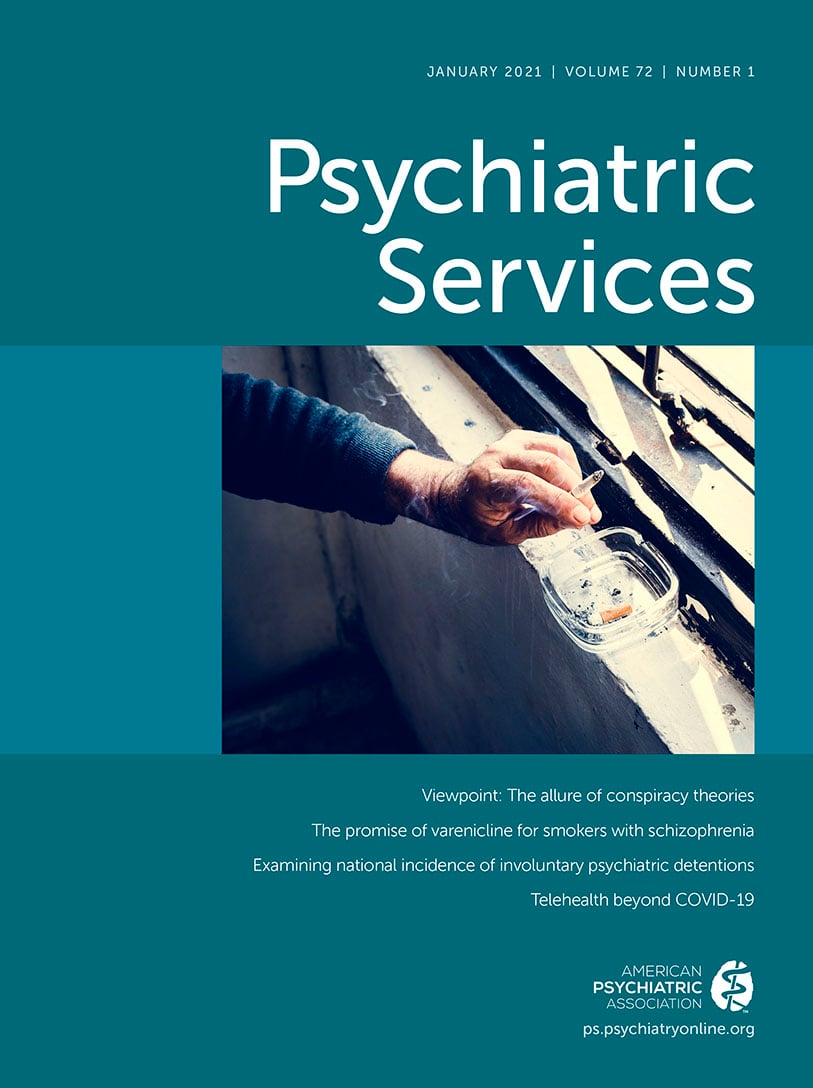Autism spectrum disorder (ASD) is a neurodevelopmental disorder characterized by impairments in communication and social interaction and with an estimated prevalence of 1:54 (
1). Over the past 20 years, the prevalence of ASD has risen dramatically, leading to concerns about the health and educational systems’ capacity to diagnose and treat the ever-growing population of individuals with ASD, including how much services will cost and how they will be paid for. Although some data exist on the cost of care for ASD, few recent studies have looked at cost trends over time.
In this issue of
Psychiatric Services, Grosse and colleagues (
2) found that within a large, commercial database of privately insured children, spending on children with ASD increased significantly over a 7-year period (2011–2017). Average per-child spending in 2011 was $13,000, but by 2017 spending was nearly double, at $20,000. The primary contributor to this increase was spending related to outpatient behavioral health care; mean per-child outpatient behavioral health spending increased from $1,746 in 2011 to $8,317 in 2017, an increase of 376%. Although outpatient behavioral health care can include many types of treatment, for children with ASD, it primarily consists of applied behavior analysis (ABA). ABA is a suite of tools based on the practice of applying learning theory principles in a systematic way to alter behavior. When applied in early childhood, ABA-informed approaches are often termed “early intensive behavioral interventions” (EIBI). A hallmark of EIBI is high treatment dose, up to 40 hours per week and usually at least 15 hours per week. Evidence has shown that earlier adoption of EIBI and more hours of exposure are associated with improved language and cognitive outcomes (
3). However, such care is expensive both for families and health care systems and may be unavailable in many areas (
4).
As a result, Grosse and colleagues’ findings, although important, are not entirely surprising. As evidence supporting the effectiveness of EIBI has increased and been disseminated, payers have expanded their coverage of EIBI services. This particular trend may also have been accelerated by the adoption of ABA health insurance mandates, which have spread over the past decade to include 47 of 50 states, as well as clarification of Medicaid coverage guidelines with respect to ASD (
5,
6). Although these changes did not directly affect the plans studied in this data set, the changes likely exerted indirect pressure on employer plans to cover ASD services to establish parity with the local insurance market. In a more general sense, employers may also be realizing that in the long term, investment in early childhood services for ASD could be cost saving.
Although it is important for payers and policy makers to be aware of the changing cost of ASD services, we feel that an important, related, and policy-relevant question raised by this data set is, What is driving the variability in services spending for children with ASD? This study showed substantial variability in expenditures, as seen by the large standard deviations around the mean expenditures, in each year of data analyzed. For example, although mean expenditures in 2017 were $19,995, the standard deviation of mean spending was $38,820. In addition, the authors noted that the ratio of the mean to the median expenditures increased from 1.4 to 3.5 as the distribution of spending became more skewed for children with ASD. This indicates not only that is there large variation in expenditures among children with ASD but also that variability is increasing.
Together this increased variability and skewness in costs over time warrant further investigation, because they may be indicative of disparities in autism care. Although autism services coverage has increased, the quality of coverage (i.e., types of service offered and caps on service hours) can vary substantially within and between states, as well as by insurer. Thus, future research should investigate which child-, family-, community-, and policy-level factors are driving this variability. For example, numerous studies have found that African American and Latino children with ASD receive fewer services than do white children with ASD, even within the same state (
7). Further delineation of these differences would help better describe the landscape of autism services in terms of care type, dose, and costs in particular groups. If variability in care is not driven by differences in condition severity or family preferences, these differences likely represent health care disparities that require swift and immediate action.
Of additional urgent importance is that the “right-skew” of expenditures is increasing, and despite overall spending increases, Grosse and colleagues found that a relatively small percentage (14.4%) of children with ASD continued to incur costs indicative of adequate outpatient behavioral health services use, including EIBI. Our concern is that this is a sign of increasing inequity. Are children of all races, ethnicities, geographic areas, health literacy levels, and other potential drivers of disparities equally distributed across the cost curve, or are white, more affluent children still more likely to sit toward the right-skew of the curve—indicating that children with greater advantage are driving more expenditures and receiving more services, increasing inequities over time?
These questions have significant policy implications. The amounts and types of effort that need to be made to address systemic inequities in ASD care are influenced by what we know about inequities. Growth in inequities over time would lend a greater sense of urgency to ensure that all children have equal access to needed ASD services. Thus, we hope that the study by Grosse and colleagues will shine light on the growing cost of care for children with ASD. However, more important, we hope it will lead to future studies that interrogate data on cost to better understand disparities in care, ongoing trends in disparities, and ultimately ways to address them.

